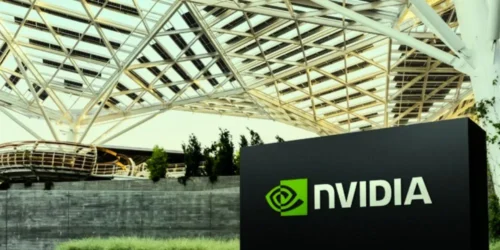Japan successfully marked the end of an era in its space program on Sunday, launching its workhorse H-2A rocket for the 50th and final time. The rocket blazed into the sky from the Tanegashima Space Center, flawlessly deploying a crucial climate change monitoring satellite, GOSAT-GW, into its planned orbit.
For the mission’s engineers, the moment was deeply emotional. After a near-perfect run of 49 successful flights since its 2001 debut, the pressure was immense. Keiji Suzuki, a Mitsubishi Heavy official who has dedicated his career to the rocket, expressed profound relief after the successful launch.
The retirement of the H-2A paves the way for its successor, the H3, a next-generation rocket designed to be more cost-competitive in the fierce global launch market.
The newly launched GOSAT-GW satellite will play a vital role in global climate efforts. Within a year, it will begin distributing high-resolution data on greenhouse gases and sea surface temperatures to agencies worldwide, including the U.S. National Oceanic and Atmospheric Administration.
This final mission marks the close of a celebrated chapter for Japan’s space agency, JAXA. The focus now shifts entirely to the H3 rocket, which Japan hopes will secure its position in the growing satellite launch industry by carrying larger payloads at nearly half the cost. After a failed debut in 2023, the H3 has already completed four successful flights, signaling a promising start for Japan’s next chapter in space exploration.













